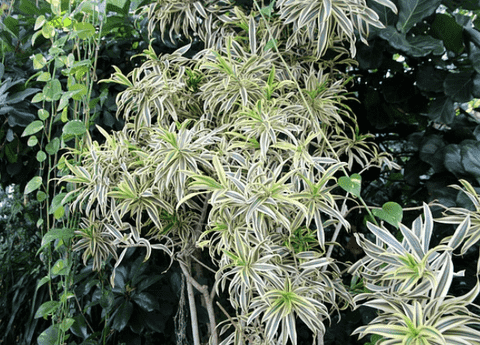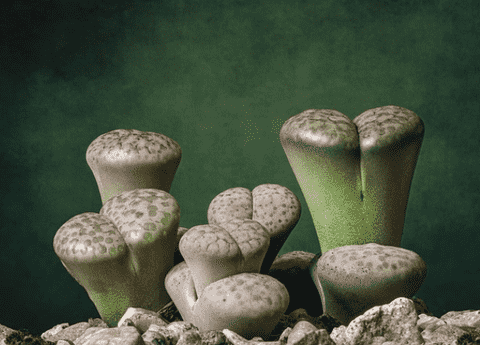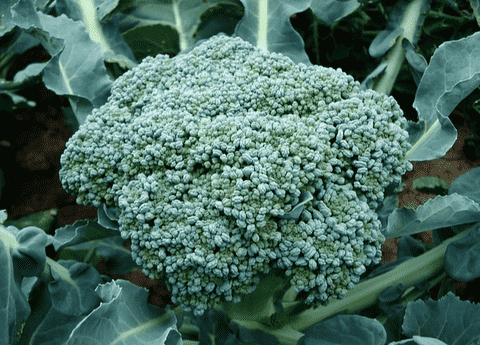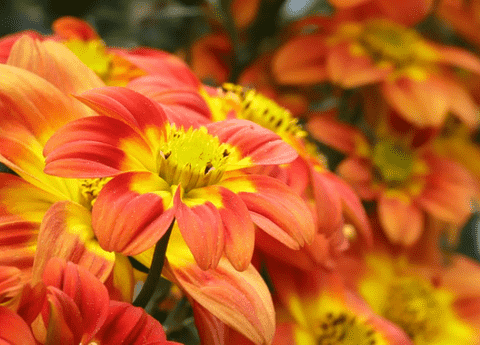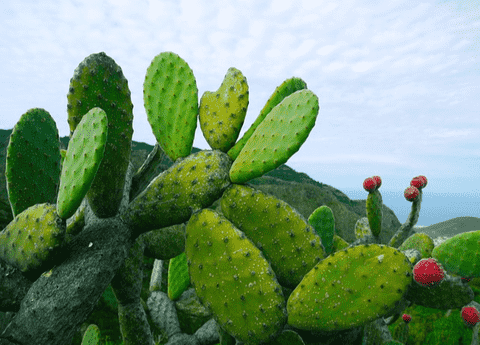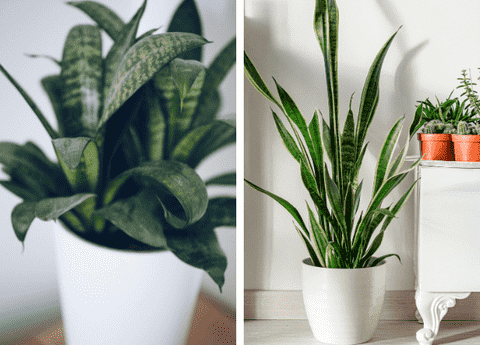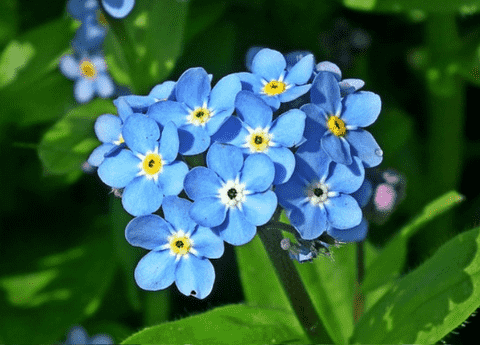Spider Plants: Guide for How to Grow and Care for Spider Plans
Table of Contents
Spider plants are a popular choice for both novice and experienced gardeners due to their hardy nature and striking appearance. With their arching leaves and easy-to-grow characteristics, these plants can thrive in a variety of environments, making them perfect for homes, offices, and even outdoor spaces. In this guide, we will delve into the essentials of growing and caring for spider plants, covering everything from ideal soil conditions to watering schedules and pest management. Whether you’re looking to add a touch of greenery to your living space or enhance your garden’s diversity, this comprehensive guide will equip you with the knowledge needed to cultivate healthy and vibrant spider plants.
Introduction to Spider Plants
Why Choose Spider Plants?
Spider plants are a fantastic choice for anyone looking to add greenery to their space without a lot of fuss. They are incredibly resilient and can adapt to a wide range of conditions. This makes them ideal for both beginners who might not have a green thumb and experienced gardeners seeking low-maintenance options. Additionally, spider plants are excellent air purifiers. They help purify the air by removing toxins such as formaldehyde and xylene, which contribute to a healthier indoor environment. Their ability to produce “spiderettes” or baby plants also allows for easy propagation, so you can share them with friends or expand your own collection effortlessly. Furthermore, their attractive, arching leaves provide an elegant touch to any decor, making them as visually pleasing as they are practical.
Basic Characteristics of Spider Plants
Spider plants, scientifically known as Chlorophytum comosum, are perennial evergreen plants native to tropical and southern Africa. They typically feature long, slender leaves that are either solid green or variegated with white stripes. The plant produces small white flowers that eventually develop into plantlets, also known as “siderites.” These siderites dangle gracefully from the mother plant, giving the spider plant its distinctive appearance. Mature spider plants can reach a height of about 12 to 15 inches and can spread up to 2 feet, making them suitable for both potting and hanging baskets. They thrive in well-drained soil and can tolerate a range of light conditions, from low light to bright indirect sunlight. Another notable feature is their robust root system, often producing thick, tuber-like roots that store nutrients and water, aiding in their resilience and low-maintenance nature.
Growing Spider Plants
Ideal Soil and Pot Conditions
When it comes to soil, spider plants prefer a well-draining potting mix. A standard houseplant potting mix works well, but you can enhance drainage by adding perlite or coarse sand. It’s crucial to avoid soil that retains too much moisture, as this can lead to root rot. The soil should have a slightly acidic to neutral pH level, ideally ranging from 6.0 to 7.0.
Equally important is the choice of pot. Spider plants thrive in pots with good drainage holes to prevent water from accumulating at the bottom. While spider plants can tolerate being slightly root-bound, it’s advisable to repot them every 1-2 years to refresh the soil and provide ample room for root growth. Clay or terracotta pots are excellent choices as they allow for better air circulation around the roots, further aiding in the plant’s overall health and growth.
Proper Watering Techniques
Watering spider plants correctly is key to their health and longevity. Spider plants prefer moderately moist soil, meaning the soil should be allowed to dry out slightly between waterings. Root rot can result from overwatering, whereas underwatering may cause brown tips on the leaves. A helpful guideline is to water the plant when the top inch of soil feels dry to the touch.
In the growing season, usually spring and summer, you may find it necessary to water more often. In contrast, during the fall and winter months, reduce the watering schedule as the plant’s growth slows down. Ensure you use room-temperature water; cold water can shock the roots. Additionally, spider plants are somewhat sensitive to fluoride and chlorine found in tap water. If possible, use distilled or rainwater, or let tap water sit out for 24 hours to allow the chemicals to dissipate. This will help keep the plant’s foliage healthy and vibrant.
Light and Temperature Requirements
Spider plants are quite adaptable when it comes to light conditions, but they thrive best in bright, indirect sunlight. Exposure to direct sunlight may cause their leaves to scorch, resulting in browning and damage. If you don’t have a spot with ideal natural light, spider plants can also do well under fluorescent lighting, making them suitable for office spaces.
Temperature-wise, spider plants prefer a range between 55°F and 80°F (13°C to 27°C). They are not frost-tolerant, so it’s essential to keep them away from drafts and cold windows during the winter months. Consistent room temperatures are ideal for their growth. Sudden temperature swings can stress the plant, leading to poor health and growth issues.
By providing the right light and temperature conditions, you can ensure that your spider plant remains healthy, vibrant, and continually producing those charming spiderettes that make them so popular.
Caring for Spider Plants
Pruning and Propagation
Pruning spider plants is a simple yet effective way to maintain their shape and encourage new growth. Make sure to frequently eliminate any dead or yellowing leaves to maintain the plant’s optimal appearance. You can also trim the tips of the leaves if they have browned, cutting just above the healthy tissue. Pruning the long stems that produce siderites can help redirect the plant’s energy toward root and foliage development.
Propagation is one of the most rewarding aspects of spider plant care. The spiderettes, or baby plants, can be easily propagated to grow new plants. Simply snip a spinnerette from the main plant and place it in a container of water until roots develop, which usually takes a few weeks. Once roots are established, transfer the spinnerette to a pot with well-draining soil. Alternatively, you can plant the spinnerette directly into the soil and keep it moist until it establishes roots. This easy propagation method allows you to expand your collection or share plants with friends and family.
Common Pests and Diseases
While spider plants are generally hardy, they are not entirely immune to pests and diseases. Spider mites, aphids, and mealybugs are among the common pests that can impact spider plants. These pests can be identified by visible colonies on the leaves or a sticky residue they leave behind. To combat these pests, regularly inspect your plant and use insecticidal soap or neem oil as a treatment.
In terms of diseases, the most common issue is root rot, which is usually caused by overwatering. The symptoms comprise yellowing leaves and a foul odor emanating from the soil. To prevent root rot, ensure that the plant is in well-draining soil and that the pot has adequate drainage holes. Another issue could be fungal infections, often indicated by leaf spots or mold. Good air circulation and avoiding water on the leaves can help mitigate these problems.
Regular monitoring and timely intervention can keep your spider plant healthy and thriving.
Fertilizing and Maintenance Tips
To keep your spider plant in optimal health, regular fertilization is essential. During the growing season, which spans from spring to early fall, feed your spider plant with a balanced, water-soluble fertilizer every 4-6 weeks. Dilute the fertilizer to half the recommended strength to avoid over-fertilizing, which can lead to leaf burn and other issues.
In addition to fertilizing, other maintenance tips include regularly dusting the leaves to ensure they can properly photosynthesize. Use a moistened cloth to softly wipe the leaves clean. If the plant becomes root-bound, consider repotting it into a larger pot to give the roots more room to grow. This is generally required every 1-2 years.
Lastly, maintain a consistent watering schedule and monitor for any signs of stress, such as browning leaf tips or wilting. By providing consistent care and attention, your spider plant will remain healthy, vibrant, and a beautiful addition to your space.

